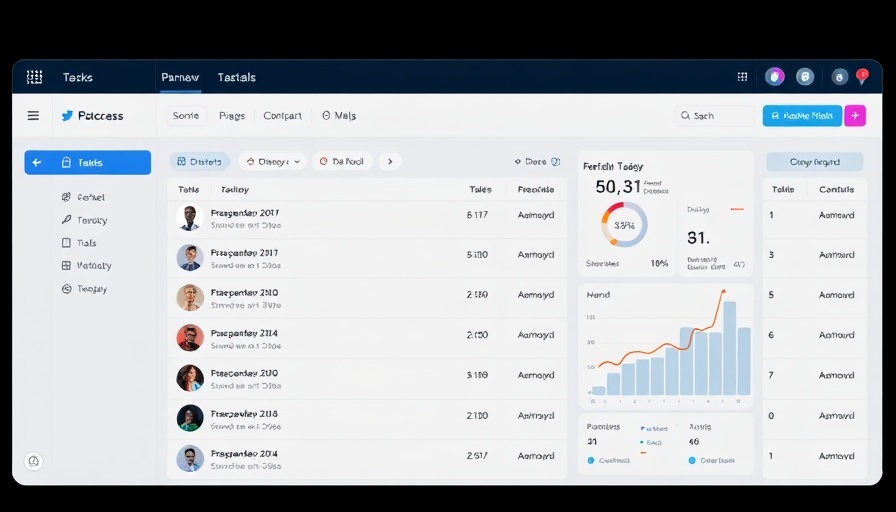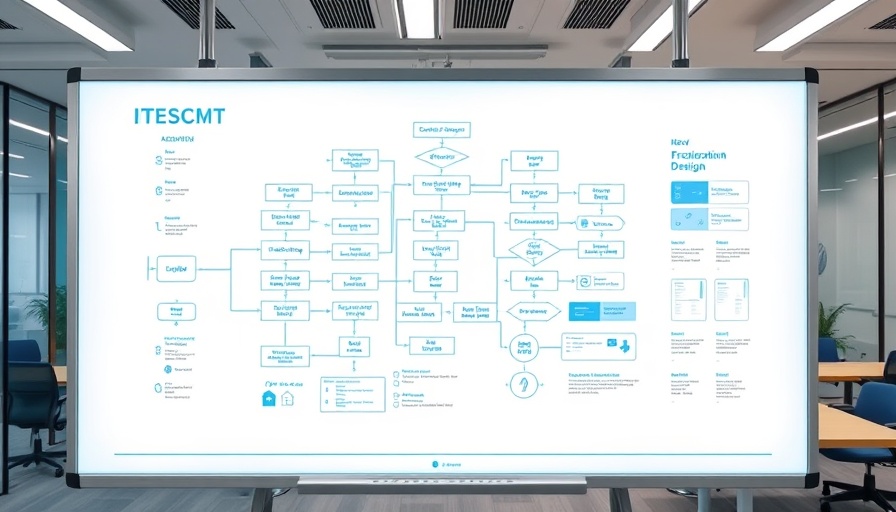
Unlocking Healthcare’s Potential with Agentic AI
The healthcare landscape is on the verge of transformation, fueled by the rise of agentic AI. This innovative technology is breaking down complex clinical data in ways previously thought impossible, paving the way for a shift from traditional "sick care" to a proactive healthcare model.
Autonomize AI, a leading proponent of agentic AI, showcases how this technology can streamline operations within the healthcare sector. By targeting often-overlooked administrative tasks like insurance approvals and patient communications, it aims to lighten the load for clinical teams. According to CEO Ganesh Padmanabhan, this approach not only enhances efficiency but also places both care providers and patients back at the center of the care process.
Transforming Administrative Burdens into Efficient Workflows
In a sector inundated with high administrative costs—over $1.5 trillion annually in the U.S.—agentic AI emerges as a breath of fresh air. It aims to reduce clinician burnout and improve patient experiences by eliminating time-consuming tasks and allowing professionals to focus on what matters most: patient care. This method mirrors broader trends in technology where alleviating administrative burdens has become critical for scaling operations effectively across industries, including fintech.
The Trust Factor: Building Reliable AI Systems
Despite the promise of agentic AI, the technology is still developing. Establishing trust through transparency and reliable systems is essential for widespread adoption in healthcare. There’s a clear need for human oversight, particularly in an industry where data is often created by one person for another. As we advance, ensuring that AI systems are not just intelligent but also trustworthy becomes crucial for their integration into daily workflows.
The Future of Healthcare: A VR Approach?
If the emergence of agentic AI signifies a notable shift, one must wonder where the future is headed. Predictions indicate a burgeoning integration of virtual reality (VR) in healthcare, providing innovative training methods for medical professionals and enhancing patient engagement. Much like how agentic AI promises to change operational efficiency, VR can revolutionize patient interactions, potentially making healthcare more user-centric.
Actionable Insights for Business Owners
If you’re a business owner generating between $2M to $10M in annual revenue, the implications of these trends are significant. Leveraging agentic AI could provide a competitive edge by optimizing operations and enhancing customer engagement. Consider evaluating your infrastructure and identifying areas where technology can alleviate burdens, thereby boosting your scalability.
As we stand at the cusp of this innovative era, embracing emerging technologies like agentic AI could position your business not just to survive but thrive.
 Add Row
Add Row  Add
Add 



Write A Comment